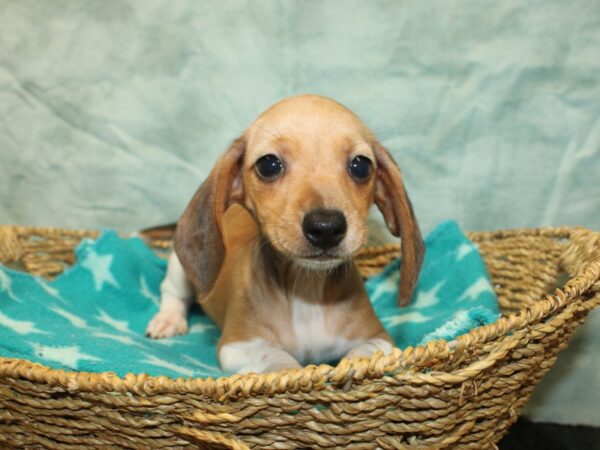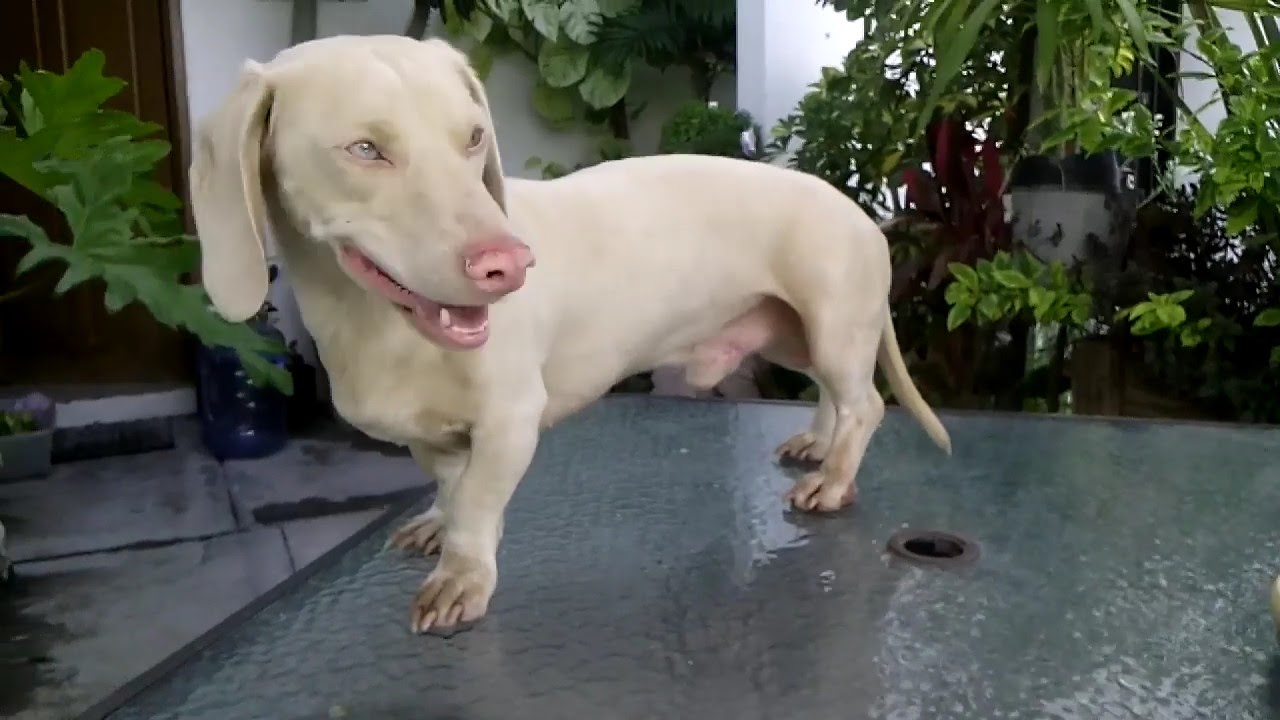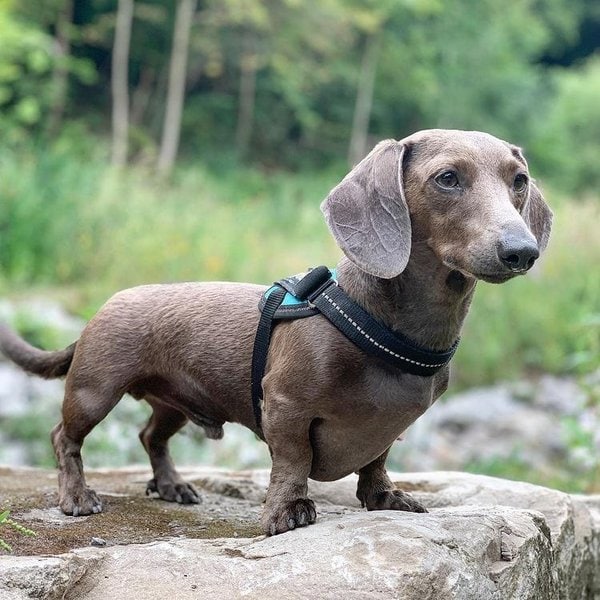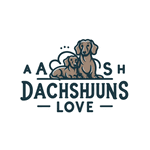The Dachshund, also affectionately called the “wiener dog,” is a cherished breed with its iconic long body and short legs. This distinctive appearance has made them a favorite among families, singles, and seniors. Among the various coat variations, the Isabella Dachshund stands out with its unique and captivating color.
In this guide, we’ll explore the world of the Isabella Dachshund, examining its history, genetics, temperament, care, and more. Discover what makes this breed so special and why it remains a favorite among dog enthusiasts. Let’s dive into the world of the elegant hound in a unique coat—the Isabella Dachshund.
Contents
Isabella Dachshund Temperament: Playful, Affectionate, and Independent

The Isabella Dachshund shares the same traits as its Dachshund counterparts: playful, affectionate, and independent. Known for their spirited and lively nature, they make excellent companions for families with children or active individuals. Their curiosity and love for exploration often see them digging and burrowing.
Isabella Dachshunds are incredibly loyal and form strong bonds with their owners. They thrive on attention and enjoy being part of family activities. However, they can exhibit a stubborn streak, asserting their independence at times. Early training and socialization are crucial to ensure a well-behaved and well-adjusted Isabella Dachshund.
Socialization and Training Tips for Isabella Dachshunds:
- Start socializing early: Expose them to different people, places, and animals from a young age.
- Use positive reinforcement: Train with treats, praise, and play.
- Be patient and consistent: Isabella Dachshunds can be strong-willed, so persistence is key.
- Keep training sessions short and fun: Prevent boredom by making training enjoyable.
- Seek professional help if needed: Consult a trainer for behavioral issues.
Caring for an Isabella Dachshund: Diet, Exercise, and Grooming

Like any dog, Isabella Dachshunds need a balanced and nutritious diet to thrive. Choose high-quality dog food suited to their age, size, and activity level. Consult your veterinarian for personalized feeding recommendations.
Due to their long spine and short legs, Isabella Dachshunds are prone to weight gain and back problems. Monitor their food intake and ensure regular exercise to maintain their physical health. Daily walks and playtime are essential for mental and physical stimulation.
Grooming Needs for Isabella Dachshunds
The Isabella Dachshund’s unique coat requires minimal grooming, but regular maintenance keeps it looking its best. Their short, smooth coat sheds moderately throughout the year. Weekly brushing with a soft-bristled brush or grooming glove helps remove loose hair and distribute natural oils for a healthy shine.
Bathing is needed only when they get dirty or smelly. Frequent bathing can strip natural oils from their coat. Use gentle dog shampoo and dry their coat thoroughly, especially in skin folds. Regularly clean their ears and trim their nails to prevent health issues.
Common Health Concerns in Isabella Dachshunds

Isabella Dachshunds are generally healthy, with an average lifespan of 12-16 years. However, they are prone to certain health conditions requiring attention and care:
Intervertebral Disc Disease (IVDD)
This spinal condition occurs when cushioning discs between vertebrae slip or rupture, pressing on the spinal cord. It can cause pain, nerve damage, and paralysis. Isabella Dachshunds are predisposed to IVDD due to their body structure. Prevent it by avoiding excessive jumping and stair climbing.
Obesity
Isabella Dachshunds can easily gain weight, putting strain on their spine and joints. Obesity also increases the risk of diabetes, heart disease, and respiratory problems. Monitor their weight and consult a vet if you notice changes.
Progressive Retinal Atrophy (PRA)
PRA is an inherited eye disorder leading to progressive vision loss and blindness. While incurable, early detection through regular eye exams can manage its progression. Responsible breeders test their dogs for PRA to prevent passing it to offspring.
Finding the Perfect Isabella Dachshund: Considerations for Adopting or Buying

If the Isabella Dachshund’s unique coat has captured your heart, there are important considerations before adding one to your family. Research and purchase from responsible breeders who prioritize their dogs’ health and well-being.
When adopting or buying an Isabella Dachshund, look for reputable breeders providing health clearances and pedigree information. They should answer questions about the breed and offer care guidance. Consider adopting from rescue organizations or shelters, where Isabella Dachshunds may need loving homes.
Before bringing an Isabella Dachshund home, ensure you are prepared for the commitment and responsibility. These dogs need daily exercise, attention, and proper care to thrive. Make sure you have the time, resources, and patience to meet their needs.
Conclusion

The Isabella Dachshund, with its rare and captivating coat color, stands out uniquely. Its playful and affectionate personality, coupled with low-maintenance grooming needs, makes it a wonderful companion for families and individuals. With proper care, love, and attention, this graceful hound in a unique coat can bring joy and happiness to its owners for many years.
